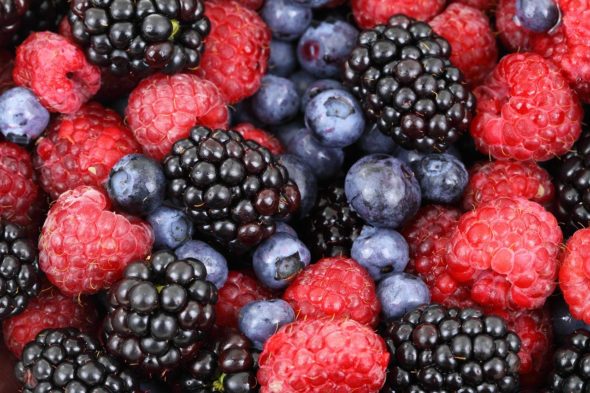How to Manage Fructose Intolerance

Fruits, vegetables, and honey contain fructose, and when someone can’t absorb or digest it, they are fructose intolerant. In most cases, people with fructose intolerance tend to experience bloating, abdominal pain, and diarrhea. However, some people have a more severe form of fructose intolerance called hereditary fructose intolerance, whose symptoms develop early in infancy. When the condition is not treated, it can lead to life-threatening complications like kidney and liver failure. You can read more on liver functions and their cell types to know how important it is to prevent yourself from this and find treatment immediately.
The good news about fructose intolerance is that it can be managed. Once you realize you have this condition, you have to be very keen on your diet. What you eat has a significant impact on the quality of life you enjoy. The following are some tips for managing fructose intolerance;
Restrict consuming fruit juices and fruits
Fructose is a sugar naturally present in things like fruits. If you have an intolerance, your body finds it hard to absorb or digest it hence the bloating and abdominal pain, among others. For people with fructose intolerance, it’s advisable to limit fruit juices and fruit intake. You don’t have to do away with their consumption entirely since your body still needs fruits to remain healthy. However, if you take fruit juices and fruits, make sure it’s in low amounts and not often.
Eliminating foods with high fructose levels
If you want to eliminate fructose, the best place to start is to get rid of the sugar. Foods with high fructose levels are the last thing you need in your diet. Things like sodas, various cereal bars, apple juice and apple cider, pear juice, honey, sugar snap peas, and desserts such as ice cream, candy, and cookies should be avoided as much as possible. If you are buying other products, you should read the labels first and beware of the ingredients you should avoid when trying to manage your fructose intolerance. Some of these include high fructose corn syrup, agave nectar, crystalline fructose, fructose, honey, sorbitol, corn syrup solids, and sugar alcohols. If a product has any of the above ingredients, it might not work out well for you.
Keep a food diary
If you have fructose intolerance, it all comes down to what you consume. As such, a food diary enables you to figure out how much fructose you can consume comfortably without complications in a day. You will need to understand the levels of fructose in various products. It’s worth noting that while you may have an intolerance, you still need some healthy food. For instance, you can’t fail to consume fruits and vegetables entirely because your body needs them. A good diary will tell you how much fructose your body can handle comfortably, and you can stick to that when coming up with meal plans. If possible, consider working with a nutritionist to determine the fructose intake level that won’t give you complications.
Using a FODMAP diet
FODMAP (fermentable oligo-, di-, monosaccharides, and polyols) diet can help manage fructose intolerance. It’s worth noting that the low FODMAP diet contains easy to digest foods for most people which significantly relieve common Intolerance-related symptoms.
Fructose intolerance is one of those conditions that can be quite challenging, especially if it’s in severe form. The worst part is that it doesn’t have a clear-cut treatment plan. The only solution is to manage it, and that goes down to self-discipline in terms of diet. If you are fructose intolerant, you must avoid any foods with high fructose levels. The last thing you want is bloating, abdominal pains, or diarrhea. Worse still, if it’s severe fructose intolerance, it can cause liver and kidneys failure, which can be fatal. Bottom line, watch what you eat!
- Restaurant Germs: Improving Cleaning Practices For Commonly Contaminated Surfaces - April 15, 2024
- 11 Cancer-Fighting Foods to Reduce the Risk of Cancer - March 18, 2024
- Safety and Aesthetics: Tips for Landscaping Around Your Wellhead - February 20, 2024
